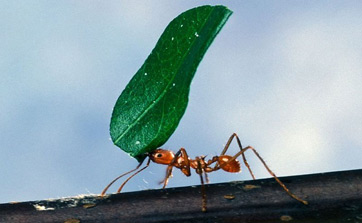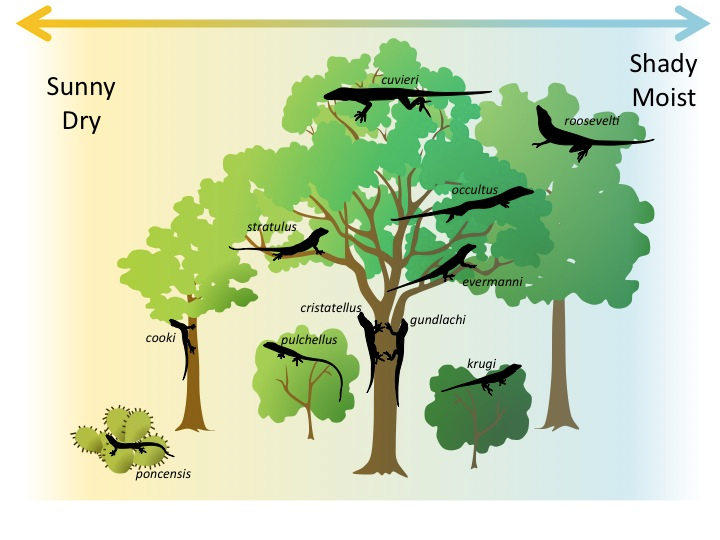Definition
An ecological niche is defined as the role and position a given species plays in its environment; how it reproduces, survives,and acquire the need for food and shelter. Ecological niches include both biotic factors (living things) and abiotic factors (non-living things).
Introduction.
The uniqueness of an organism’s niche is of importance because it reduces the amount of competition for resources encountered by species.

The Competitive exclusion principle states that two species can’t co-exist occupying exactly the same niche. Therefore two species whose niches overlap mostly evolve by natural selection to obtain more distinct niches, thus creating resource partitioning.
Interspecific competition is the competition between members of different species that use overlapping, limited resources, for example, when a rat steals the food of a man in the house.
Competitive exclusion principle.
This principle states that two species can’t co-exist in the exactly same niche in a habitat. This is because species with identical niches have exactly the same needs, thus causing competition among them.
A very famous example of this principle shown below features two types of single-celled micro-organisms; Paramecium caudatum and Paramecium aurelia. These two species grown individually in the lab thrived. But when planted in the same habitat (test tube in this case) with a fixed amount of supplies, grew poorly and Paramecium aureliaoutcompetes its neighbor for nutrients forcing caudatum to go extinct.

Rarely does such a case occur; however, the higher the extent of overlapping, the stronger the competition.
Resource partitioning.
Avoiding competitive exclusion can be done if one or both of the competing species evolve,thus using a different resource, occupying a different habitat and feeding during a different time of the day. This kind of evolution results in two similar species using non-overlapping resources, thus having different niches. Thisis referred to as resource partitioning. It helps species coexist due to the less direct competition,for example as in the anole lizards. In these lizards, natural selection leads to evolution to the evolution of different species that use different resources. The figure below illustrates resource partitioning in anole lizards:

Fundamental Niche vs. Realized Niche.
All living things have a fundamental niche which is made up of all open possibilities available for an organism within the environment. These possibilities include sources of food, all roles in the environment, and sustainable and suitable habitats. Using Ursaamericanus as an example, omnivorous species have a bigger fundamental niche. This is because the black bear can eat meat as well as various types of vegetation. It can, therefore, thrive around human habitats and deep wilderness.
In a real sense, a living thing cannot use all suitable resources available to it. The organism will, therefore,have a narrower range of roles, foods,and habitats to utilize, a more specific role known as a realized niche. Still, with the use of a black bear, competition reduces its realized niche to exclusively carrion meat and berries.